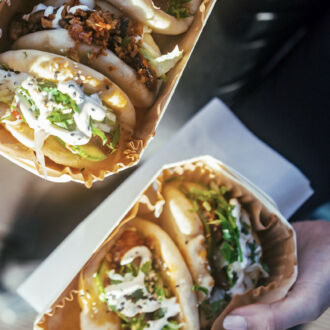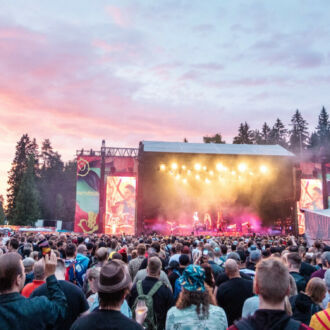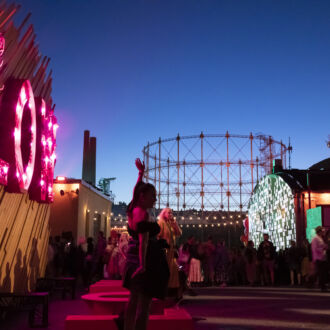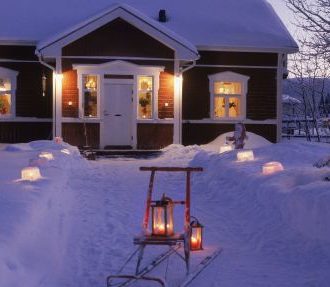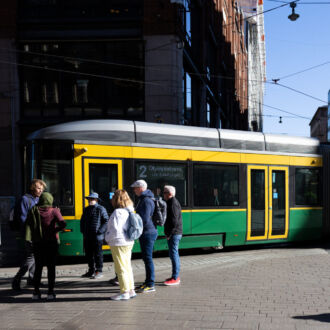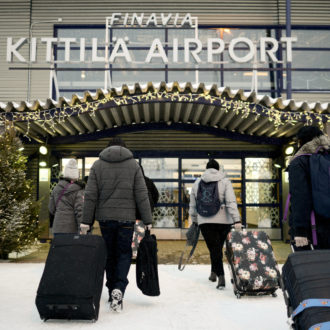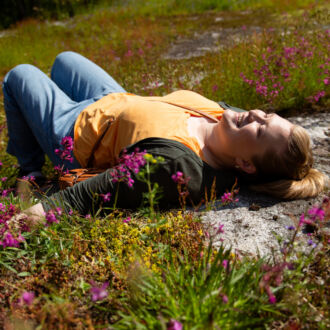Summer in Finland is definitely one of a kind: intense and eagerly anticipated, so beautiful that it takes your breath away. It is worth celebrating, and that is exactly what Finns do: they gather to enjoy the long daylight hours and the freedom of summer festivals throughout the country. The cities, islands, lakesides and even fells host events packed with happy people, lovely food, live music and art spectacles.
There’s certainly magic in the air. Festival organiser and contemporary artist Aki Roukala has captured it in alternative boutique festivals such as Bättre Folk, held on the picturesque island Hailuoto, and Festivaali in Tampere. As the creative director of both festivals, he’s in charge of curating artist lineups that both satisfy and surprise music enthusiasts. That’s what keeps the scene fresh and original, he thinks.
“Finland is not globally well-known for big pop stars,” Roukala says. “We don’t have to abide by the pressure of the global pop music industry. We’ve had time and space to cultivate alternative musicians and bands, which to me are much more interesting headliners than some of the more famous artists.”
Location, location, location
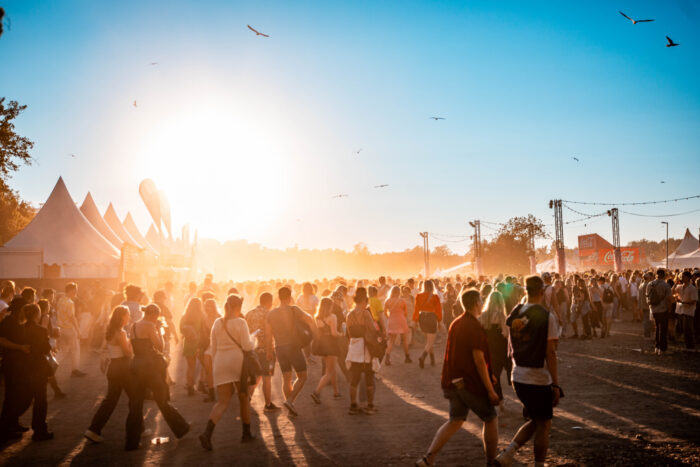
Ruisrock, TurkuPhoto: Riikka Vaahtera
Alternative festivals remain marginal in Finland, where more mainstream events attract larger audiences and generate more profit. As the more intimate Bättre Folk draws around 3,000 daily attendees (and is sold out nearly every summer), Ruisrock in Turku’s Ruissalo island attracts over 100,000 visitors each year. It’s the second oldest rock festival in Europe and has been running since 1970.
You could call Ruisrock mainstream based on its lineup, but the setting is far from ordinary. The main stage is located on a sandy beach surrounded by open waters, and there’s something unique about thousands of people smiling and waving to greet the massive cruise ships that pass by on their way to Sweden.
“People spend full days within an enclosure at festivals. You need to respect festivalgoers: everything from location to food has to add value to the experience,” Roukala says.
As illustrated by the beaches of Ruissalo, location plays a crucial role in creating the magical and even peculiar vibe of Finnish summer festivals, ranging from rocky gorges and medieval castles to urban areas surrounded by DIY skate ramps and ice rinks to parking lots.
Original acts you won’t find elsewhere
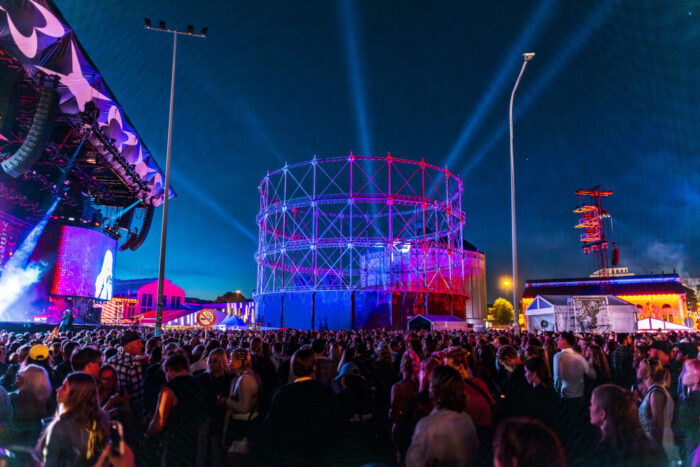
Flow Festival, HelsinkiPhoto: Samuli Pentti
While bigger and more traditional festivals have established themselves, there’s always room for new ones to emerge. New festivals pop up every few years, sometimes just for one summer. Some festivals only book artists who perform in Finnish. That’s what Aki Roukala tends to do.
“To foreign festival-goers our language sounds exotic and interesting, adding to the overall originality of Finnish cultural events. I don’t see why you couldn’t take over the world while performing in Finnish.”
At the end of the day, though, there’s one main secret ingredient to Finnish summer festivals: the people. Communality and ambiance make or break an event, Roukala says.
“The creative director curates the programme, the programme determines the audience, and the audience creates the atmosphere,” he sums up.
And it’s not hard to create a magical atmosphere under the midnight sun – or the smooth haze of dusk turning directly to dawn – when the only place you have to be is right where you are, in the middle of people, who are all here to enjoy.
By Kristiina Ella Markkanen, ThisisFINLAND Magazine
